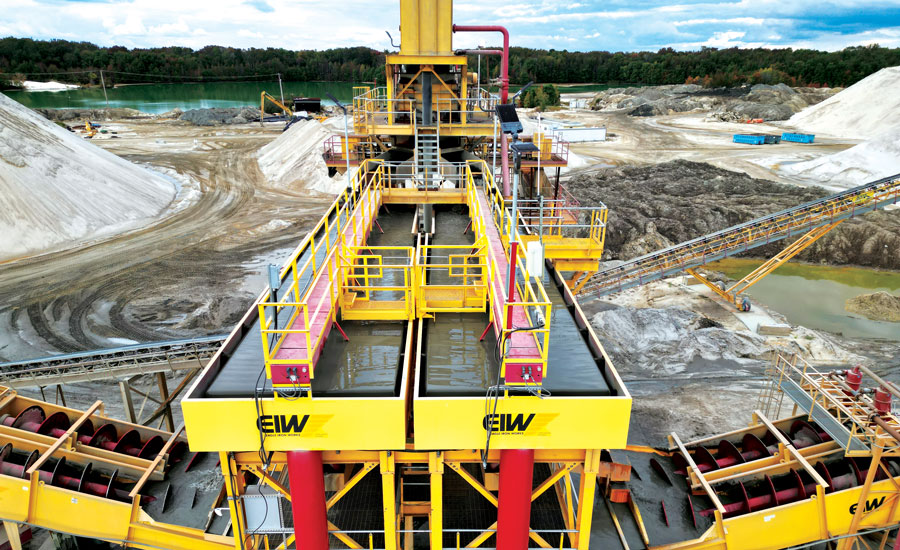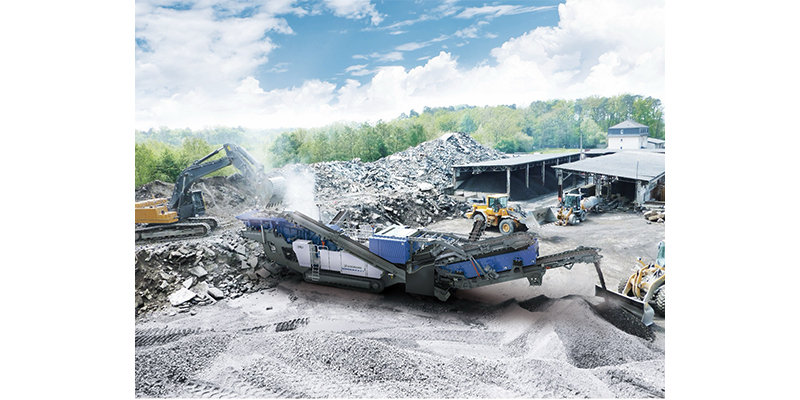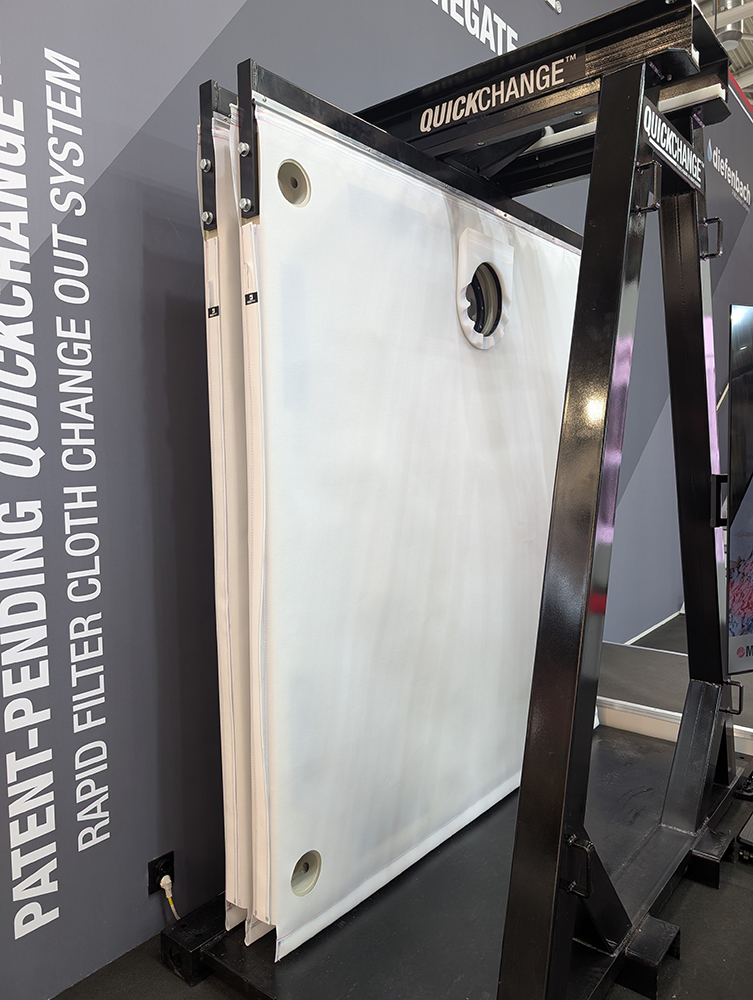As demand for high-quality sand grows across construction and industrial applications, ensuring consistency in sand production is crucial.
Classifying tanks are essential tools for maintaining uniformity, optimizing efficiency and producing in-spec materials. By following these five key strategies, producers can enhance their sand classification process and improve overall output.
Successful strategies
1. Optimize feed material consistency. To maintain a stable classification process, it’s important to ensure the feed material entering the classifying tank is as consistent as possible.
Variations in raw material composition can disrupt particle separation and impact final product quality. Regularly monitoring and adjusting feed material can help operators reduce variations and maintain smooth operations.
2. Utilize advanced control systems. Many modern classifying tanks are equipped with advanced PLC control systems that automatically adjust valve operations based on sensing paddle feedback. These controls help to ensure precise separation of sand particles based on size and weight, reducing operator intervention while enhancing efficiency and accuracy in sand classification.
3. Adjust weirs and sensing paddle height for target specifications. Proper sensing paddle and weir adjustments are critical to achieve desired product gradations.
Leveling the weirs is essential for proper sand classification and silt removal. Raising the side weirs and lowering the back weir allows finer particles to remain suspended and overflow the tank, effectively removing more minus-200 mesh material.
Additionally, paddle heights should be highest in the first few stations to accommodate fast-flowing coarse sand. They should be set lower in later stations to ensure fine sand discharges as a concentrated product rather than an excess of water.
4. Implement regular maintenance and inspections. Routine maintenance of classifying tanks, including inspecting sensing paddles, valve stations and hydraulic cylinders, helps to prevent operational disruptions.
Following a maintenance schedule and performing routine inspections reduces downtime and ensures consistent product output. Scheduled maintenance also extends the lifespan of equipment, making it a cost-effective investment for aggregate producers.
5. Integrate dewatering equipment for enhanced product quality. Pairing classifying tanks with effective dewatering equipment, such as fine material washers or dewatering screens, helps to achieve optimal moisture control.
Removing excess water from sand products improves handling, storage and overall material quality, making the final product more marketable and ready for immediate use.
Final thoughts
By implementing these five strategies, producers can ensure consistent, high-quality sand production while optimizing efficiency and reducing waste. Investing in reliable classifying tanks and advanced control systems provides long-term benefits, helping aggregate operations meet industry demands with confidence.
From the P&Q University Handbook: Washing & Classifying | P&Q University Handbook
Dave Schellberg is product support specialist at EIW (Eagle Iron Works).












